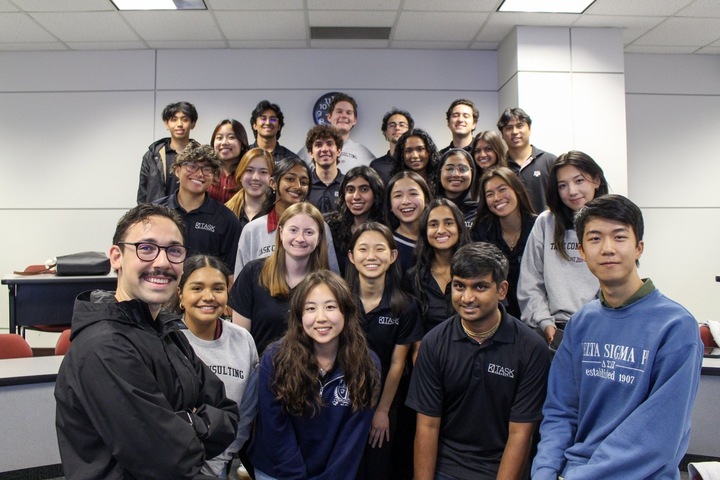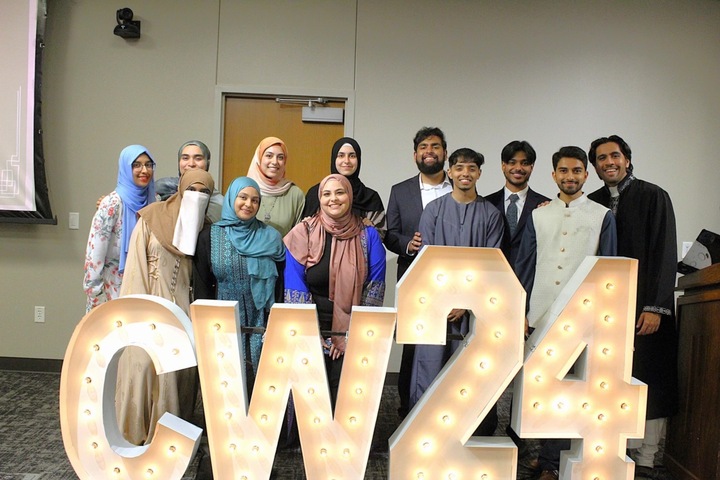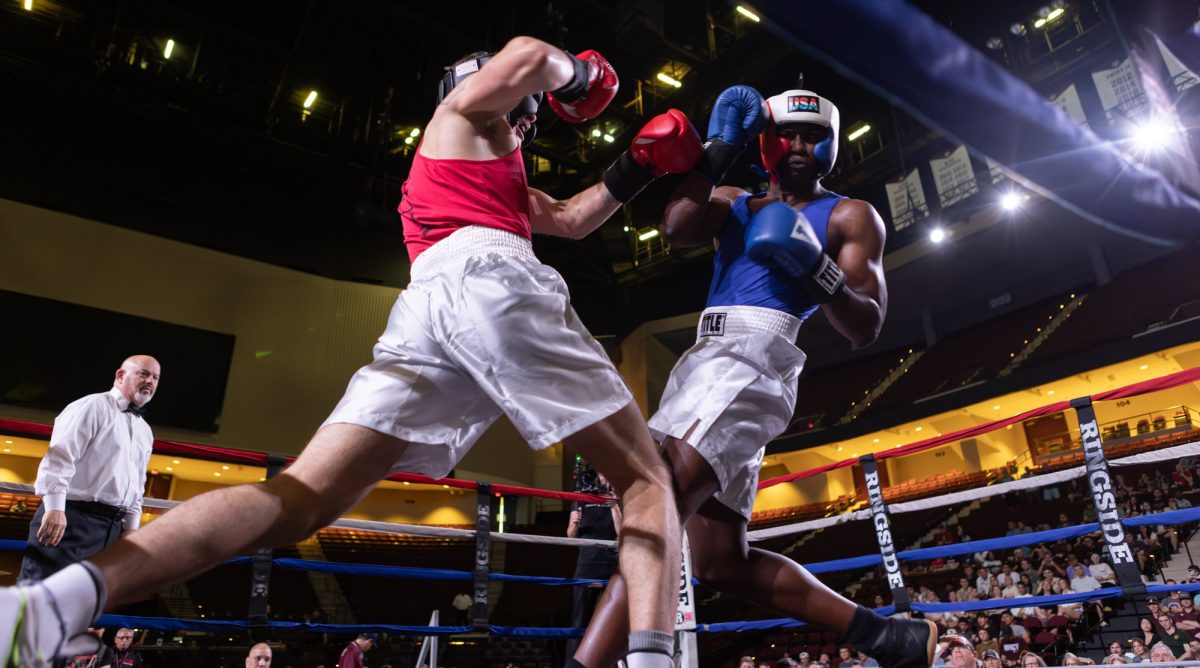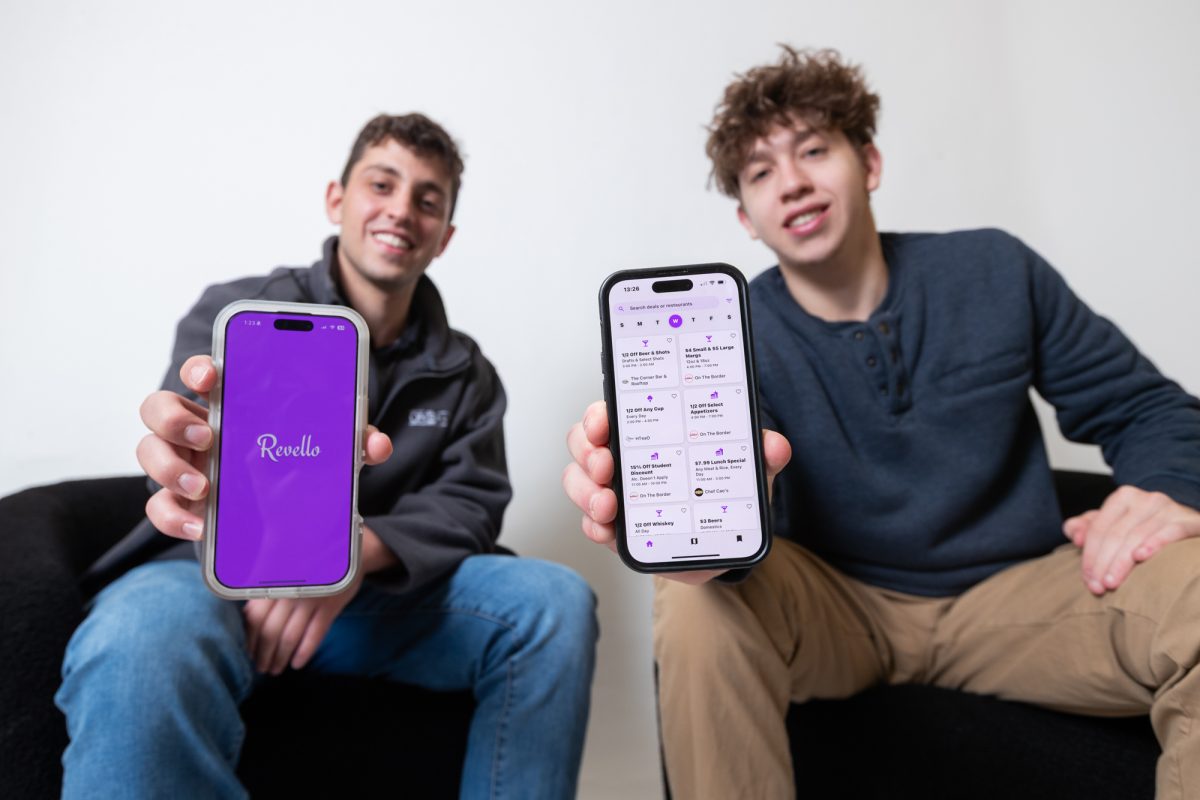As A&M continues to process reports of racial discrimination and a reported recent racial slur incident, Texas A&M President Michael Young and visiting psychologist and author Dr. Beverly Tatum teamed up for a lecture series Thursday to discuss the campus culture.
“Enhancing Diversity Seminar Series: Can We Talk about Race?” was hosted by the Office of Graduate and Professional Studies as well as the Office of the Vice President and Associate Provost for Diversity. The discussion included a brief introduction of Tatum’s works, as well as an Q&A session from the audience, during which one audience member questioned Young’s plan to stop perceived racial divides on campus.
“I’ve been fortunate to have a very good group of students representing the number of minority student organizations, as well as student government, who has been meeting with me for the last two or three months, who have been talking about their experiences and things we might do,” Young said.
Young also mentioned a plan to modify the university’s phone application so people can supply reports in real time. Young said the modifications would allow A&M to gain data and explore trends on campus, and to respond more quickly and effectively.
Young said he has put several plans in motion that include the chance for students to discuss racial issues with student senators and the creation of a task force.
“What we want to be clearest about is that we have some understanding here that these incidents are neither rare, nor have they gotten the attention they really need on this campus historically, and we need commitment that that won’t be the case anymore,” Young said.
Regarding these incidents, Tatum chimed in and said she respects Young and Student Body President Joseph Beningo’s proactiveness and timely response.
“It is true that on a lot of campuses the impulse it to try to minimize and move past without really digging deeper into the cultural issues,” Tatum said. “It sounds like you are really making that move and I want to commend you for it, I know it really makes a difference.”
Tatum and Young also discussed providing students with the proper tools to talk about issues such as race.
“In our early years we get misinformation about people different from ourselves. We’re exposed to stereotypes, prejudices — omitted and biased history is a part of that,” Tatum said. “It’s easy to see how this cycle is perpetuated and institutionalized and becomes systemic, and if we want to interrupt that, we have to talk about it.”
Young and Tatum agreed there should be steps to battle the societal dimensions that create negative stereotypes, but Young said stereotypes are also a part of how the mind works.
“We survive by stereotyping, we cannot get through life — it’s just intellectually impossible to do it,” Young said. “So how we break down stereotypes and penetrate those usually occurs when we’re exposed to something that may challenge those particular stereotypes.”
Tatum, who has traveled to different campuses across the country discussing racial topics, said one of the things she has noticed that is common is the lack of attendance at events that talk about minorities. Tatum said this may be because many students feel uncomfortable about such topics.
“You’ll talk to the black student organizations saying we posted all these activities during black history month, or we are planning this event that is open to the whole campus, and they worked hard on it, and they’re disappointed because the majority of students don’t come,” Tatum said.
Computer science senior Dario Sanchez said he was glad Young discuss topics of race so openly.
“I think things like this are absolutely vital,” Sanchez said. “It’s like Dr. Tatum said, things will continue to happen, but we need to be constantly working to keep being inclusive and trying to understand each other.”
Interdisciplinary studies junior Rachel De Alba said the event was enlightening and paired nicely with the diversity class she is a part of.
“I think it’s just a conversation that isn’t had a lot and needs to be had more — especially at Texas A&M where it’s a majority-white school,” De Alba said. “I think it’s important we work on the reputation and work on the perception that people have.”









